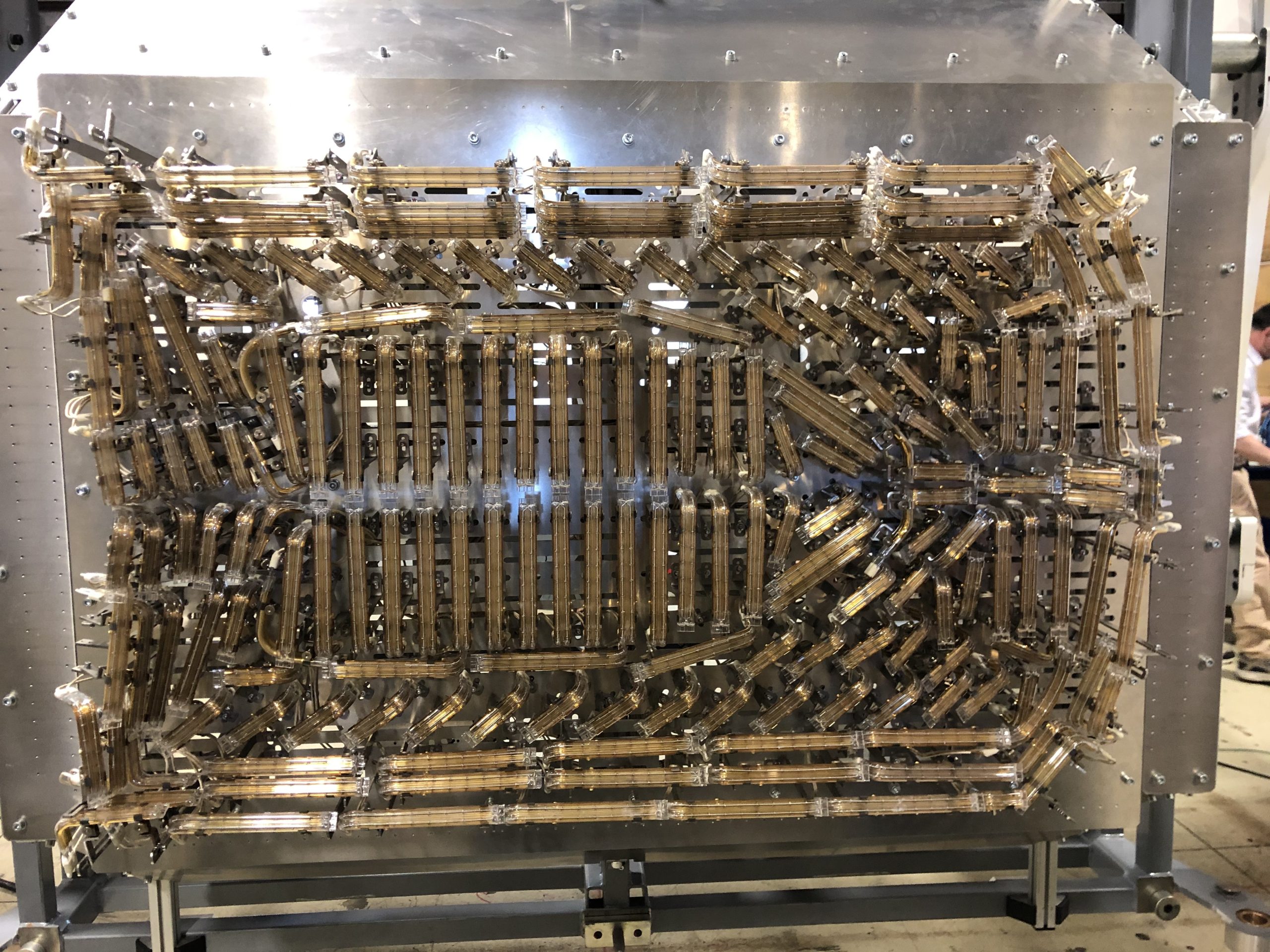Infrared Welding: Clean, Consistent Plastic Joining
When joining thermoplastics, manufacturers have several technologies to choose from—each with its own strengths, trade-offs, and ideal applications. But not all joining methods are created equal when it comes to repeatability, cleanliness, and part integrity.
Infrared welding stands out as a non-contact method that creates strong, particulate-free bonds, especially in sensitive or regulated environments. And when paired with real-time thermal monitoring, it offers an unmatched level of process control.
How Infrared Welding Compares to Other Methods
Plastic joining processes typically fall into three categories, mechanical fasters, adhesive bonding, and welding.
Mechanical Fastening
Fasteners like screws, bolts, or clips are commonly used for prototyping or modular assemblies.
-
Pros: Simple, non-permanent, easy to disassemble
-
Cons: Adds bulk, requires additional components, may loosen over time, and often creates stress points
Infrared welding removes the need for external hardware, creating a smooth, permanent bond with a smaller assembly footprint.
Adhesive Bonding
Chemical adhesives or solvent bonding are used when mechanical connections aren’t ideal.
-
Pros: Works across some dissimilar materials; flexible
-
Cons: Requires curing time, introduces chemical exposure, inconsistent application, weaker long-term bonds under heat or stress
Infrared welding eliminates cure times and chemicals, delivering a clean, repeatable bond in a fraction of the time.
Welding
Vibration Welding
This method uses high-frequency vibration under pressure to create frictional heat and melt the joint area.
-
-
Pros: Fast cycle times, good for large parts or complex geometries
-
Cons: Generates particulates, requires physical contact, can be noisy and wear out tooling, not suitable for delicate or cleanroom applications
-
Infrared welding is non-contact and particulate-free, making it ideal for high-precision or contamination-sensitive environments like medical or electronics.
Heat Staking
Used to join dissimilar materials (often plastic to metal) by deforming a plastic stud to form a mechanical lock.
-
-
Pros: Low cost, good for localized joining
-
Cons: Slower cycle times, can produce flash, limited structural strength, typically lower precision
-
Infrared welding offers stronger, full-surface bonds and is more scalable for high-throughput or fully automated lines.
Laser Welding
Uses a focused laser beam to melt plastic precisely at the joint line.
-
-
Pros: Extremely precise, minimal vibration or noise, very fast when optimized
-
Cons: Requires one part to be laser-transparent, sensitive to joint tolerances, expensive tooling and setup, limited material combinations
-
Infrared welding advantage: More forgiving on part alignment and materials, lower equipment cost, and easier to integrate across various product types.
The Infrared Welding Advantage
Infrared welding uses radiant energy to gently and precisely melt the surfaces of plastic components before they’re pressed together—no physical contact, no mechanical stress, no adhesives.
It offers:
-
Clean, consistent bonds with minimal flash
-
Non-contact operation for tool longevity and cleanliness
-
Excellent compatibility with automation
-
Precise control over heating profiles and weld area
Whether you’re welding medical housings, automotive components, filters, or sensor housings, infrared welding provides a balance of strength, speed, and process stability.
Amplify Precision with Real-Time Thermal Feedback
Infrared welding becomes even more powerful when you pair it with thermal imaging.
With real-time thermal feedback, you gain:
-
Visual confirmation that surfaces reach the correct melt temperature
-
Early detection of anomalies before the weld occurs
-
Repeatability even across varying materials or ambient conditions
-
Automated traceability and temperature logging for quality assurance
- A preventative maintenance tool for monitoring machine performance
This level of insight turns your welding process into a measurable, data-driven operation—reducing scrap, improving yields, and supporting compliance with industry standards.
To discuss your application, schedule a meeting with Emitted Energy.



